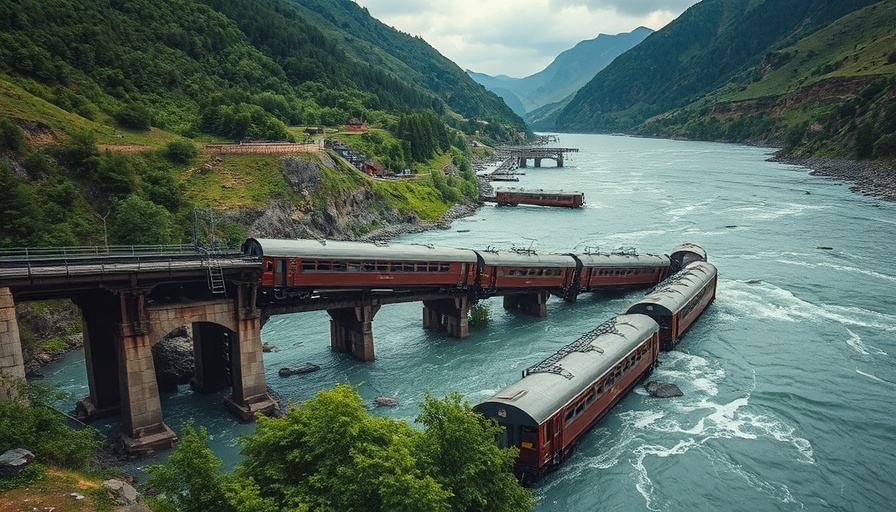
UC San Diego Faces Potential Budget Crisis
In a startling announcement, UC San Diego (UCSD) revealed that it could face annual budget cuts of up to half a billion dollars. This grim forecast, presented by Chancellor Pradeep Khosla, indicates that the university might have to make severe reductions to its $9 billion operating budget, potentially slashing it by 12.5%.
This unprecedented scale of cuts poses a substantial threat to research initiatives and jobs at UCSD, which serves as San Diego County's second-largest employer. The implications are severe—not only could vital research efforts be halted, but the employment of many staff and faculty members may also be jeopardized.
Impact on Research and Development
The financial setbacks are exacerbated by a loss of anticipated funding from the National Institutes of Health (NIH), which alone accounts for a projected $150 million shortfall aimed at covering overhead costs for research. Coupled with expected state budget cuts of $50 million, UCSD’s financial landscape is more precarious than has been previously disclosed.
Moreover, the anticipated loss of funding significantly threatens ongoing research programs, particularly those focused on health and medicine. Numerous faculty members have expressed concerns over the NIH's increasing restrictions on clinical studies, which may lead to a stalling of innovation in critical fields such as infectious diseases.
Job Security at Stake
As the university models budget scenarios ranging from 2.5% to 12.5% cuts, the possibility of temporary layoffs looms. The school’s administration has already flagged potential cuts to faculty and staff, raising substantial concerns among workers about their job security amidst budget uncertainties.
Long-term Consequences for UCSD’s Growth
The impact of these cuts also extends to capital projects, as UCSD has postponed the construction of two major research facilities—initiatives that would have collectively cost around $565 million. However, the construction of the Triton Center, a $428 million social hub, will continue, possibly reflecting a prioritization of essential community building despite financial strains.
Community and Educational Implications
For the student body, which exceeds 44,000 individuals, the ramifications of budget cuts are daunting. Larger class sizes, reduced access to library resources, and diminished support services are all possible outcomes that could diminish the academic experience.
Chancellor Khosla’s statements emphasize the urgency of adapting to this changing financial landscape, indicating a shift toward a more agile approach to management and budgeting at UCSD. As these discussions unfold, it is crucial for community stakeholders—including students, faculty, and alumni—to stay informed and engaged with this critical situation.
A Call to Awareness
The unfolding financial dilemma at UC San Diego invites a broader discussion about funding for public education and research nationwide. As this situation develops, it is essential for community members to advocate for sustainable funding solutions that prioritize education and research integrity, vital to our society’s innovation and progress.
 Add Row
Add Row  Add
Add 




Write A Comment